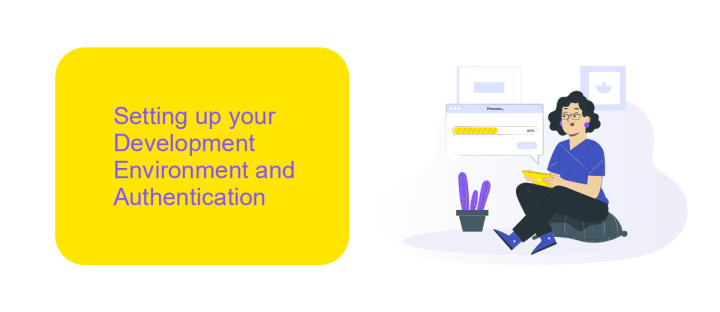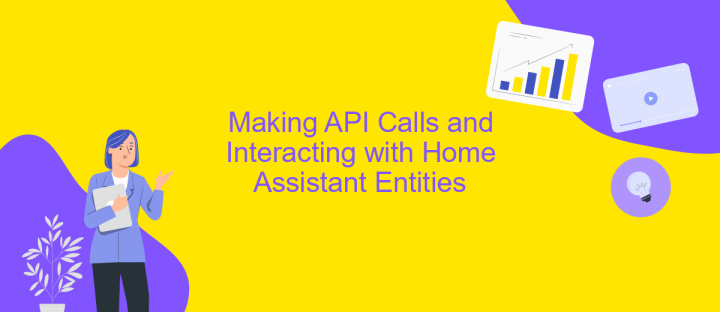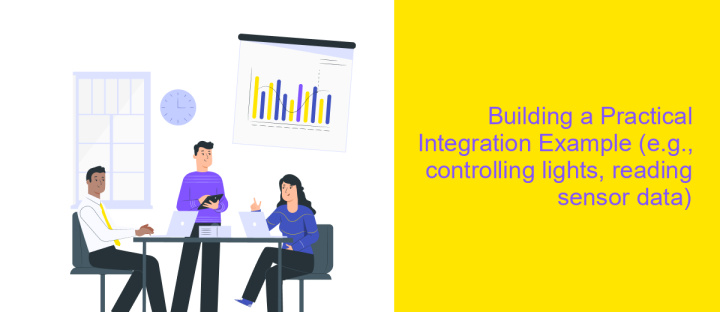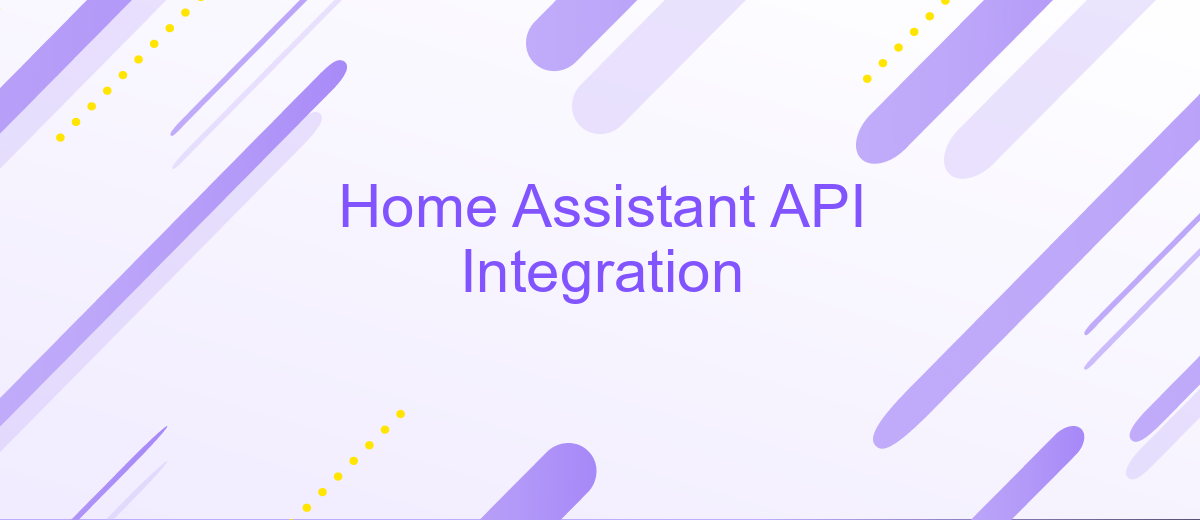Home Assistant API Integration
The Home Assistant API Integration offers a powerful solution for connecting and managing smart devices within your home ecosystem. By leveraging this API, users can customize and automate their living spaces with ease, enhancing convenience and efficiency. This article explores the key features and benefits of the Home Assistant API, guiding you through the process of seamless integration to create a truly intelligent home environment.
Introduction to Home Assistant and its API
Home Assistant is an open-source platform designed to help users automate and control smart home devices. It acts as a centralized hub where various smart gadgets can be integrated, providing seamless interaction and management. By offering extensive customization options, Home Assistant allows users to tailor their home automation system to their specific needs. This flexibility makes it a popular choice among tech enthusiasts and homeowners seeking smart solutions.
- Supports a wide range of devices and services, ensuring compatibility with most smart home products.
- Offers robust automation capabilities, allowing users to create complex routines and scenarios.
- Features a user-friendly interface, making it accessible for both beginners and advanced users.
- Provides a strong community and regular updates, ensuring continuous improvement and innovation.
The Home Assistant API is a powerful tool that enables developers to interact programmatically with the platform. It allows external applications to communicate with Home Assistant, offering possibilities for advanced integrations and custom solutions. With its well-documented endpoints, the API facilitates the creation of innovative applications, enhancing the overall smart home experience. Whether you're looking to build custom dashboards or automate tasks, the Home Assistant API provides the necessary tools to bring your ideas to life.
Setting up your Development Environment and Authentication

To begin setting up your development environment for Home Assistant API integration, ensure you have Python and Git installed on your system. Clone the Home Assistant core repository from GitHub and create a virtual environment using Python's venv module. This isolates your development environment and helps manage dependencies. Activate the virtual environment and install the necessary packages using the `pip install -r requirements.txt` command. Ensure you have a code editor like Visual Studio Code for efficient code management and debugging.
Authentication is crucial for secure API access. Generate a long-lived access token from your Home Assistant user profile. This token will be used to authenticate API requests. Store it securely and avoid sharing it publicly. Consider using ApiX-Drive to streamline API integration processes. It offers a user-friendly interface to connect and automate workflows between Home Assistant and other applications, reducing the complexity of manual coding. By following these steps, you'll establish a robust development environment and secure authentication for your Home Assistant projects.
Making API Calls and Interacting with Home Assistant Entities

To effectively interact with Home Assistant entities via the API, it's essential to understand the process of making API calls. Begin by ensuring your Home Assistant instance is accessible over the network and that you have the necessary authentication tokens. These tokens are crucial for authorizing your API requests and ensuring secure communication.
- Identify the entity you wish to interact with by obtaining its entity ID. This can be found in the Home Assistant UI under Developer Tools.
- Use an HTTP client or a tool like cURL to construct your API call. The base URL typically follows the format:
http://your-home-assistant:8123/api/. - Include the authentication token in the request header. This is usually done by adding
Authorization: Bearer YOUR_TOKENto the header. - Specify the action you want to perform, such as
GETfor retrieving data orPOSTfor sending commands. - Execute the API call and handle the response, which will provide feedback on the success or failure of your request.
By following these steps, you can seamlessly integrate and manage Home Assistant entities, allowing for enhanced automation and control within your smart home environment. Regularly update your tokens and review API documentation for new features and best practices.
Building a Practical Integration Example (e.g., controlling lights, reading sensor data)

Integrating Home Assistant with various smart home devices can significantly enhance automation and control within your home. To demonstrate a practical integration, let's focus on controlling lights and reading sensor data. This example will guide you through setting up a simple yet effective integration that can be customized further to suit your needs.
Begin by ensuring that your Home Assistant instance is up and running. You'll need access to the Home Assistant dashboard and the devices you wish to integrate. For this example, we'll use a smart light bulb and a temperature sensor. The integration process involves configuring the Home Assistant API to communicate with these devices, enabling you to control the light and monitor temperature changes remotely.
- Access the Home Assistant dashboard and navigate to the integrations section.
- Add a new integration for your smart light bulb and temperature sensor.
- Configure the API settings, ensuring that you have the correct authentication tokens and endpoints.
- Test the integration by sending commands to the light bulb and reading data from the sensor.
Once configured, you can create automation scripts to control the lights based on sensor data. For example, set the lights to turn on when the temperature drops below a certain threshold. This integration not only enhances convenience but also contributes to energy efficiency and smarter home management.


Advanced Topics and Further Exploration (e.g., Webhooks, Services, Templating)
For those looking to delve deeper into Home Assistant API integration, exploring webhooks can significantly enhance your automation capabilities. Webhooks allow external services to send data into Home Assistant, triggering specific actions based on real-time events. This can be particularly useful for integrating third-party services and creating dynamic, responsive smart home setups. By configuring webhooks, you can ensure that your Home Assistant setup is not only reactive but also proactive, responding to changes in your environment with precision.
Another advanced topic is the use of templating within Home Assistant. Templating allows you to create dynamic content and automate complex scenarios by using Jinja2 syntax. This can be incredibly powerful when combined with Home Assistant services, which let you control devices, call scripts, and more. For those interested in streamlining their integration process, services like ApiX-Drive can be invaluable. ApiX-Drive offers a user-friendly interface to connect and automate workflows between Home Assistant and other applications, simplifying the setup of sophisticated integrations and ensuring seamless communication across platforms.
FAQ
What is Home Assistant API Integration?
How do I get started with Home Assistant API Integration?
What are some common use cases for Home Assistant API Integration?
Can I use third-party services to simplify Home Assistant API Integration?
Is it possible to automate Home Assistant tasks without programming skills?
Apix-Drive will help optimize business processes, save you from a lot of routine tasks and unnecessary costs for automation, attracting additional specialists. Try setting up a free test connection with ApiX-Drive and see for yourself. Now you have to think about where to invest the freed time and money!

